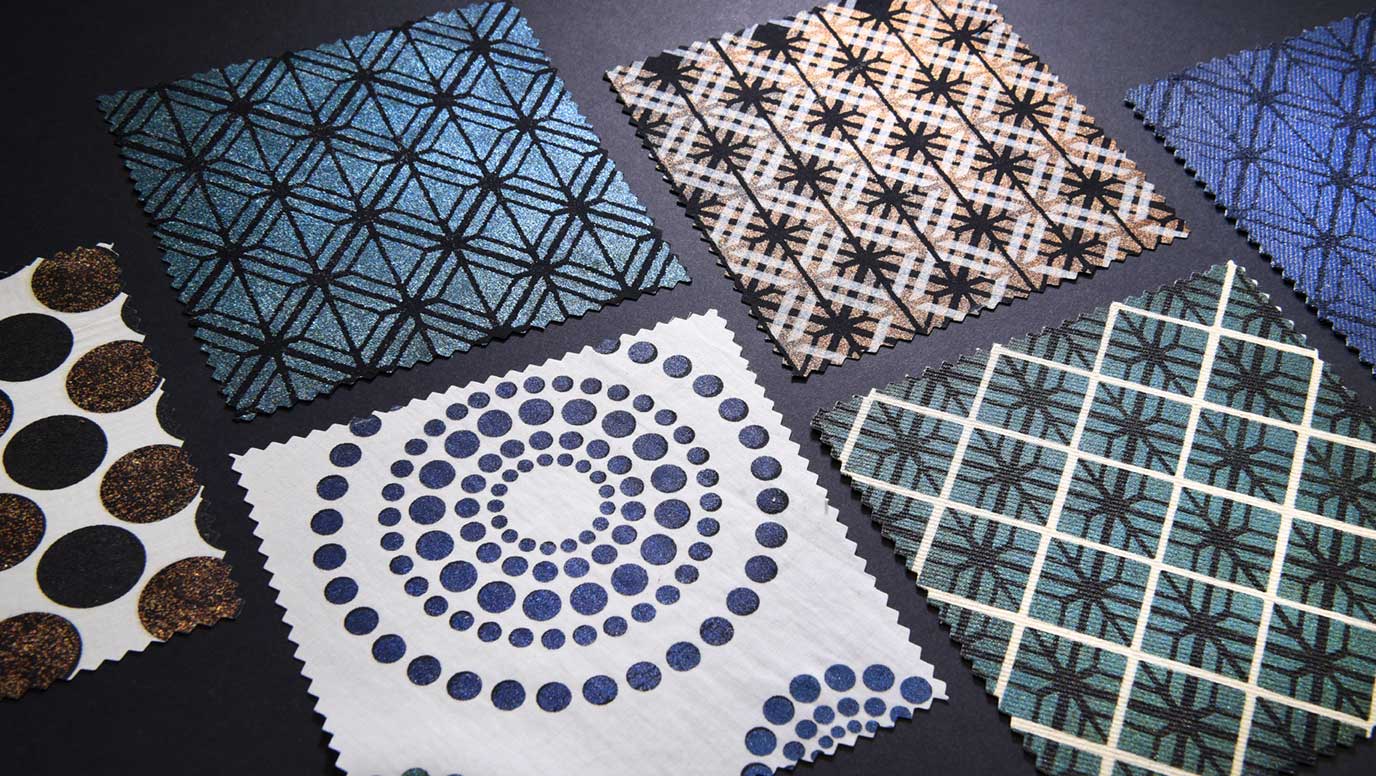Sparxell wins €1.9m European grant as it raises cash to target $48bn market

And it has been handed a major lift from another source by securing a €1.9M European Innovation Council grant to transform the $48 billion colourants market.
The grant, allied to the prospective new funds, are timely as Sparxell advances toward tonne-scale production. It also recognises Sparxell's breakthrough technology as part of the Council's mission to identify, develop, and scale up disruptive innovations. that address global challenges.
Sparxell's colourant results are said to outperform synthetic alternatives, without fossil-based chemicals – taking instead inspiration from nature to create colour.
Since spinning out of the University of Cambridge in 2023, Sparxell has gained rapid commercial validation through over 25 fully funded pilot projects with global brands across diverse industrial sectors.
With the company approaching its first million in sales, the EIC grant will prime Sparxell for exponential growth. The company is scaling to tonne-level production in 2025, in preparation for its first commercial launch with leading brands and manufacturers.
Since joining LVMH’s prestigious La Maison des Startups accelerator programme, Sparxell has quickly established itself in the luxury market, connecting with heritage brands of the luxury fashion conglomerate including Louis Vuitton, Christian Dior, Givenchy and Loewe.
Dr. Benjamin Droguet, Founder and CEO of Sparxell said: "This European Innovation Council funding is transformative for Sparxell, allowing us to accelerate our manufacturing scale-up and overcome key technical challenges much earlier in our development pathway.
"With our plant-based technology, we're offering industries a fundamentally different approach to colour that works with nature rather than against it while meeting the highest performance standards."
Sparxell’s proprietary technology transforms cellulose from readily available materials, including wood pulp and agricultural waste, into vibrant colour solutions that are said to exceed the performance of synthetic dyes in colour intensity and durability while being completely non-toxic and biodegradable.
In fashion, the technology significantly reduces energy and water consumption compared to conventional textile dyeing and printing. It also eliminates toxicity in human-contact applications such as cosmetics and food applications, while enabling large-scale recycling and circularity across industries, such as packaging and paint.
Last autumn, Sparxell expanded its Cambridge headquarters capacity, enabling kilogram-scale production to accelerate innovation and meet increasing market demand. It now plans further expansion of its facilities this year, aiming to double production capacity and establish production laboratories, positioning the company to capture a significant share of the massive and growing market.
The textile industry currently uses more than 10,000 fossil-based chemicals in colouration processes, releasing 1.5 million tonnes of toxic dyes into the environment annually and contributing around 1 gigatonne to global greenhouse gas emissions.
Market momentum is further accelerated by tightening regulations. Recent FDA announcements to ban artificial food colour dyes due to health concerns, along with the EU microplastics ban, are creating significant market opportunities for Sparxell's non-toxic alternatives.
Sparxell’s breakthrough innovation has earned multiple industry accolades, including the Biomimicry Institute's $100k Ray of Hope Award, $250k from Morgan Stanley's Sustainable Collaborative Prize, and being named "Best Sustainability Venture" by the Falling Walls Foundation.

